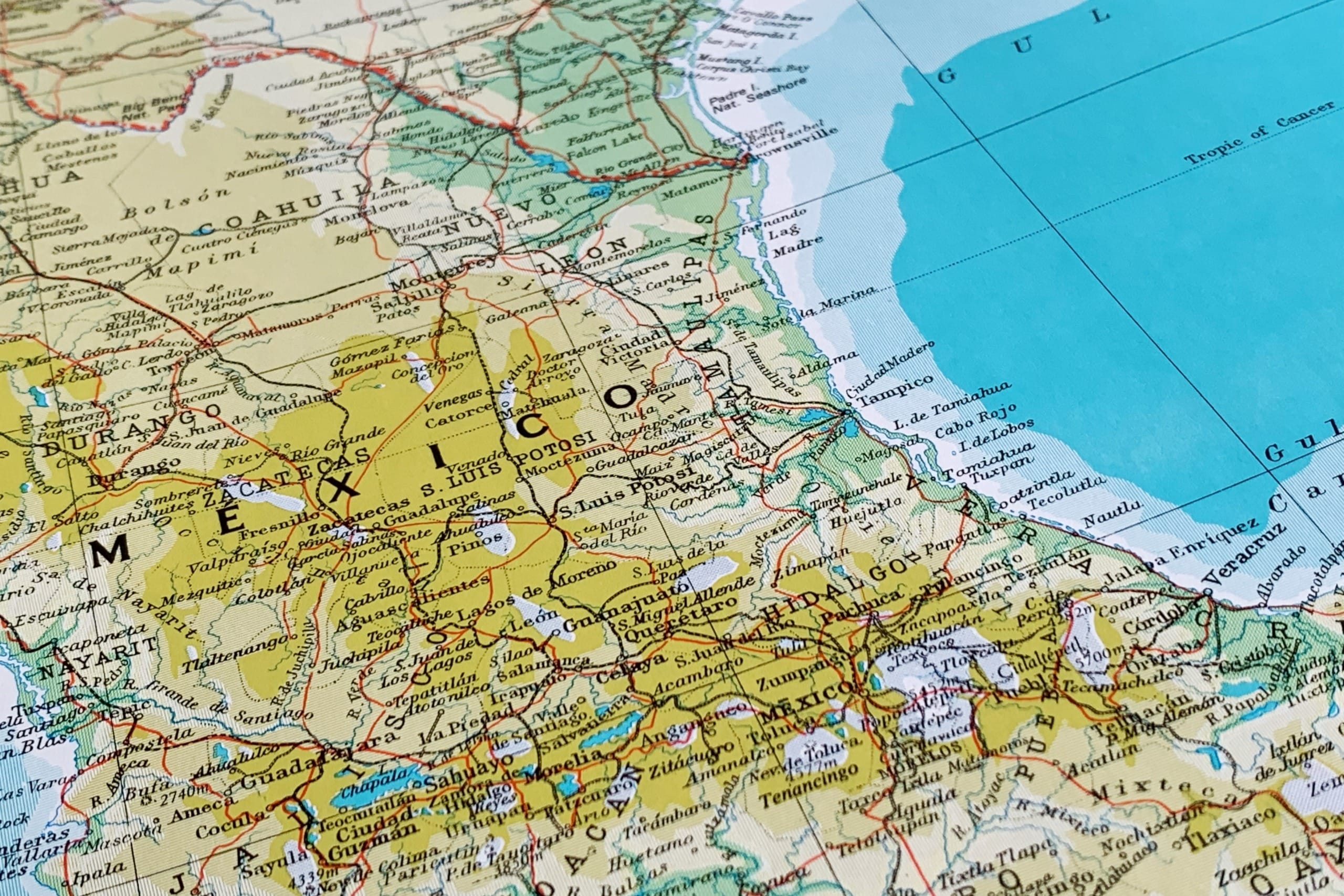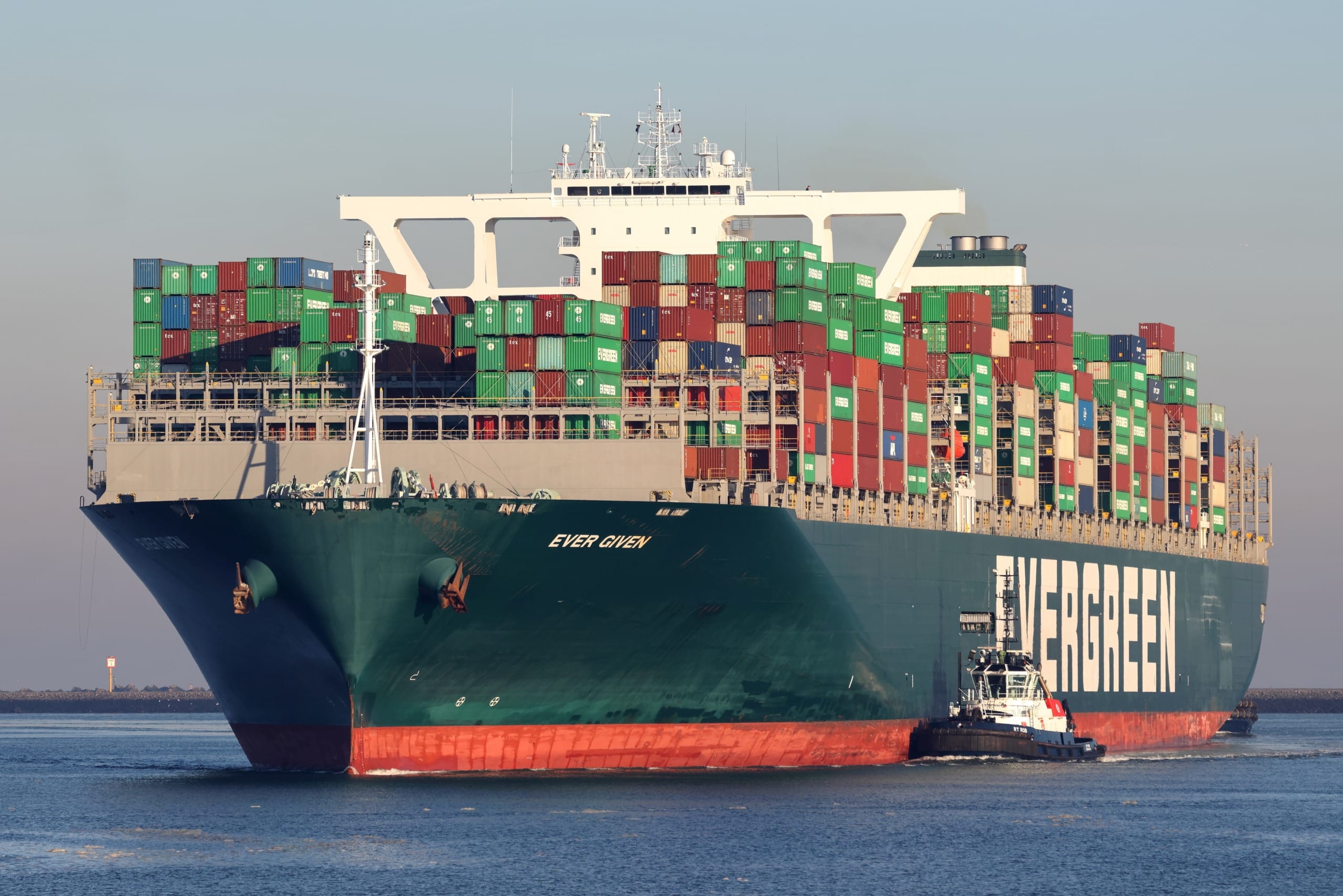The landscape in China continues to evolve. Following President Xi Jinping’s unprecedented third term confirmed following the party congress many are questioning whether China will continue to be a good trading partner as well as continue as the strongest contract manufacturing destination for Western companies. China’s ongoing zero-Covid policies have had a measurable impact on travel for the last three years. Simply put, professionals can’t get to China like they once could to monitor projects and production.
Economic growth in China is expected to moderate to 3.3% by 2023, as the country faces weakening global demand due to US inflation and unpredictable supply chains. There are certainly many unanswered concerns when it comes to planning and new product development.
On a positive note, Xi spoke in conciliatory terms in a letter to the National Committee on US-China Relations’ annual dinner Wednesday, the official Xinhua News Agency reported.
“China stands ready to work with the United States to find the right way to get along with each other in the new era on the basis of mutual respect, peaceful coexistence and win-win cooperation, which will benefit not only the two countries but also the whole world.”
While companies such as Apple and Google are fully implementing a “China Plus” plan to allay future risks, not all brands have the resources, expertise and network to move production that has been in place the last two or more decades. This article looks at best practices to ensure the procurement of high-quality products from manufacturing companies in China and how western businesses can creatively address current challenges.
Understanding Cluster Manufacturing in China
Cluster manufacturing refers to a large, interconnected group of suppliers close to each other. Provincially organized, these China manufacturing companies share similar manufacturing expertise, equipment, factories and have competence with specific materials and industries.
Western companies can greatly benefit from Chinese industrial cluster hubs by first eliminating months of research and wasted RFIs in expeditiously identifying these clusters. The best sourcing agents have in-depth knowledge, experience and can quickly navigate these areas.
China itself is looking to its manufacturing clusters to improve labor-intensive industries as part of its 14th Five-Year Plan (2021 – 2025) as it transitions to a consumer-based economy.
SE Asia Sourcing
Manufacturing companies in China face increasing competition from ASEAN countries. ASEAN, or the Association of Southeast Asian Nations, promotes economic integration, among other benefits, for countries like Vietnam, Indonesia, and Thailand. As China-based manufacturing companies’ costs increase, manufacturing is transferring to ASEAN countries; they can’t match China’s manufacturing capabilities but are nevertheless taking advantage of current global instability.
The trade war against China that began during Donald Trump’s US presidency, Chinese Covid restrictions, and other disputes have all impacted China’s as the de facto go-to.
Tariffs on Chinese imports imposed by the US have also impeded China manufacturing companies. Conversely, ASEAN countries are practically tariff-free.
These crises have benefitted ASEAN countries as western companies increasingly seek alternatives to trading with China.
Western companies need to do due diligence before importing products from China or anywhere in Asia. Strategic supply chain consultants with people on the ground can be an enormous benefit. See this article for the various steps to finding reliable manufacturing companies in China.
Product Certifications and Safety
It’s crucial to determine that manufacturing companies in China/Asia have the correct certifications for the products they manufacture and sell.
Demonstrating product certifications is an essential part of the importing process. If product safety is questionable, customs may impound an order until the presentation of the correct certification. The products can be returned or destroyed if the certification is false.
Begin with the assumption that the manufacturer is unaware of your home country’s regulations, and research thoroughly on product standard conformity. Then ask the manufacturer for certified proof that their products meet your home country’s required standards.
Certifications are no guarantee of repeatable quality but usually, they denote adherence to minimal safety requirements and are determined by country/category. China manufacturing companies who have worked under the auspices of specific certifications will have already undergone potentially decades of complying with these requirements. For such factories/suppliers this is a good indicator they have experience with and understand the specifics for these regulatory conditions.
Often there is an overlap between certifications; one certificate appears to cover the requirements of another certificate. However, if there is a demand for a certificate, the certificate must be available, whether or not it appears redundant.
Marks or certificates are no guarantee of product authenticity in themselves. For example, it is insufficient for a Chinese manufacturer to supply a paper denoting ROHS (Restriction of Hazardous Substances in Electrical and Electronic Equipment) compliance. A CE (Conformité Européenne or European Conformity) mark on a product must be backed by the appropriate documentation. Papers and marks can be easily forged.
It is also possible for a Chinese exporter to send products for laboratory analysis and obtain appropriate certification. How does a western company know that its certified goods and components relate to its product certification rather than a previous export order?
To avoid these problems, working agreements to lay out assumptions and conditions of both parties are a good starting point to a mutually beneficial working relationship.
4 Steps To Product Certification
- Laboratory product testing per the certification scheme.
- Test data receipt and evaluation to determine that the product meets qualification criteria.
- Product approval or return for further review.
- Ongoing monitoring of product quality in the marketplace.
5 Widely Used Product Certification Marks In China
CCC
China Compulsory Certification (also known as 3C) is compulsory for all products sold in the Chinese market and imported foreign products. CCCs are appropriate for end-user products; raw and intermediate materials are usually not CCC-covered.
CCCs incorporate product testing and factory audits. Many products also need additional certification. Testing and auditing for CCC are performed exclusively in China. Common CE-marked product categories include the Toy Safety Directive and the EMC (Electromagnetic Compatibility) Directive.
CE
Conformité Européenne is vital to companies selling or based in the EU or certain other European countries. Free product movement within Europe requires the CE.
A CE certification mark denotes product compliance with EU legislation. CE is needed only if a more specific regulation is unavailable. Food, chemicals, pharmaceuticals, and cosmetics have separate legislation.
Often, there’s the presumption that products conform to the appropriate directives, and filing for certification is unnecessary. Legal liability is the manufacturer’s responsibility.
FCC
To sell or produce radio frequency products/equipment in the USA requires Federal Communications Commission certification. It covers radio frequency devices: largely electronics and electrical equipment.
Among items covered by the FCC are radios, televisions, satellite, and Wi-Fi equipment. Tests are similar to the EMC Directive, with additional testing and certification required.
China manufacturing companies perform testing or sometimes testing is done by third parties. The certification is mandatory rather than legally required.
Kitemark
The kitemark is run and regulated by the British Standards Institution and is a voluntary UK certification mark. It is applied solely to consumer safety products. It’s recommended but not compulsory for products imported from China to the UK.
ISO
International Standards Organization relates to manufacturing facilities, not products: services, materials, and processes. Certification is by certified testing agencies, not the ISO.
Chinese certification is voluntary. ISO 9001 for quality management protocols is the most common Chinese ISO certificate. An ISO 9001 certificate ensures that a manufacturer has an economically-driven system while maintaining high product quality.
Contact Us






Follow Us